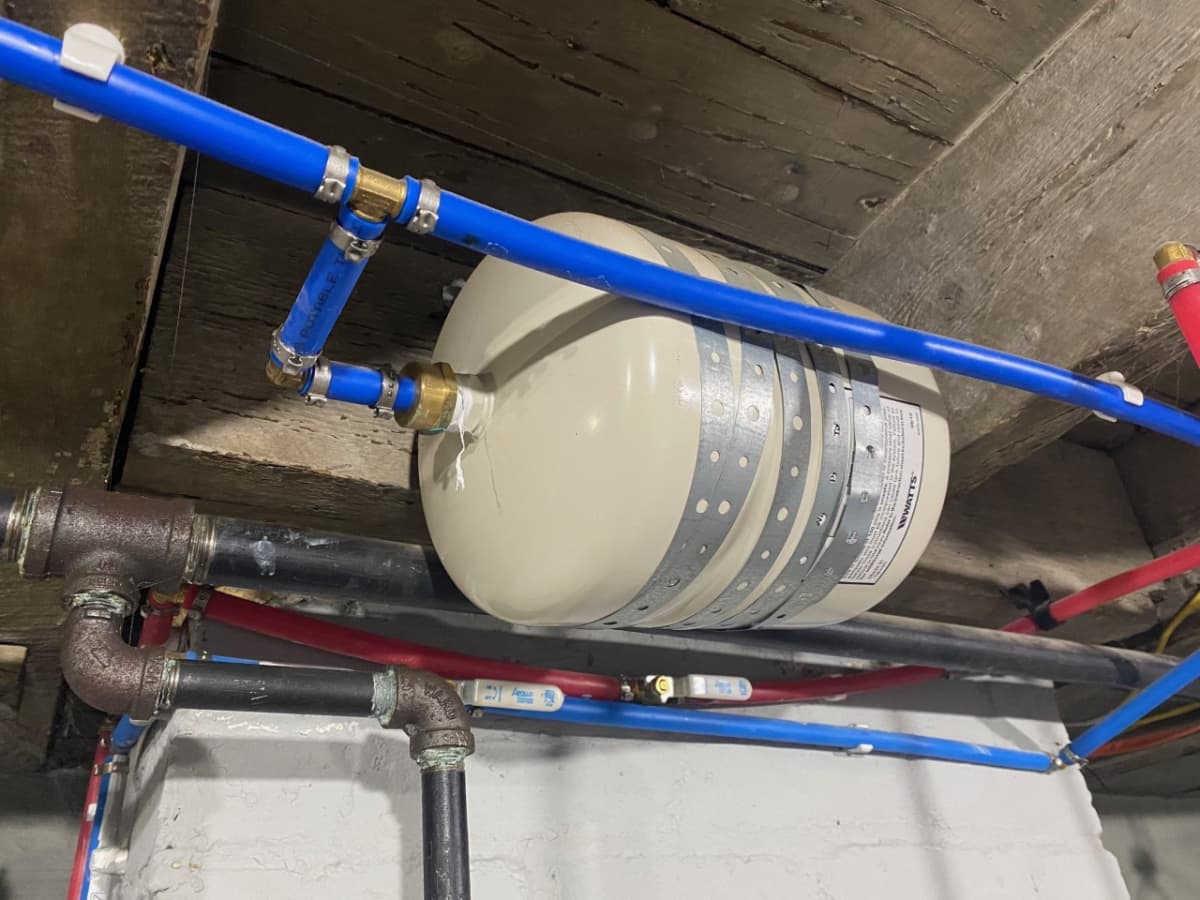

Articles
What Is An Expansion Tank On A Water Heater
Modified: February 22, 2024
Learn the importance of an expansion tank on a water heater and how it prevents damage. Read our informative articles now!
(Many of the links in this article redirect to a specific reviewed product. Your purchase of these products through affiliate links helps to generate commission for Storables.com, at no extra cost. Learn more)
Introduction
Welcome to the world of water heaters, where we’ll be diving into an essential component called the expansion tank. If you’ve ever wondered what an expansion tank is and why it’s important for your water heater, you’re in the right place. In this article, we’ll explore the purpose, functionality, installation, and maintenance of expansion tanks on water heaters.
Water heaters are a crucial part of our daily lives, providing hot water for showers, baths, washing dishes, laundry, and more. As water heats, it expands, increasing the pressure within the system. This increase in pressure can lead to potential damage to the water heater and plumbing system if not properly managed.
This is where the expansion tank comes into play. The expansion tank is a small cylindrical tank that is connected to the water heater. Its primary function is to absorb the excess pressure created by the expanding water, thus protecting the integrity of the water heater and preventing potential leaks, bursts, or damages to the plumbing system.
Expansion tanks work on a simple principle: they contain a pre-charged air chamber that acts as a cushion to absorb the excess pressure. When the water heats up and expands, the excess pressure pushes against the air chamber, compressing the air inside. This compression allows the expansion tank to accommodate the increase in volume without raising the overall system pressure.
The importance of expansion tanks in water heaters cannot be overstated. Without an expansion tank, the increased pressure can cause damage to the water heater, leading to leaks, ruptures, and even explosions in extreme cases. Additionally, the excessive pressure can also put strain on the plumbing system, potentially causing pipe bursts or damage to fixtures.
Now that we understand the purpose and importance of expansion tanks let’s explore some signs that indicate a faulty expansion tank. It’s crucial to be aware of these signs so that you can address any issues promptly and ensure the optimal functioning of your water heater and plumbing system.
Key Takeaways:
- Expansion tanks are essential for water heaters, preventing leaks, bursts, and damage to the plumbing system by absorbing excess pressure from heated water. They also contribute to energy efficiency and reduce water hammering.
- Signs of a faulty expansion tank include increased water pressure, leaks, frequent relief valve discharge, inconsistent water temperature, and unusual noises. Prompt maintenance and troubleshooting can prevent further damage to the water heater and plumbing system.
Purpose of an Expansion Tank
The purpose of an expansion tank on a water heater is to mitigate the potential damage caused by the expansion of heated water. As water is heated, it naturally expands in volume. Without a way to accommodate this expansion, the pressure within the water heater and the plumbing system can rise dramatically, leading to various issues.
An expansion tank acts as a relief valve for this increased pressure. It provides a designated space for the expanding water to move into, preventing a rapid rise in pressure within the system. By absorbing the excess pressure, an expansion tank helps to protect the water heater from damage and maintain the overall integrity of the plumbing system.
One primary purpose of an expansion tank is to prevent the water heater from leaking or bursting. When a water heater is heating water, the pressure inside the tank increases. Without an expansion tank, the increased pressure can cause the water heater to leak or even rupture, leading to costly repairs or replacement.
In addition to preventing damage to the water heater, an expansion tank also helps to prevent damage to the plumbing system. Excessive pressure from the expanding water can put strain on pipes, joints, and fixtures, potentially causing leaks or bursts. By absorbing the excess pressure, the expansion tank helps to protect the plumbing system and prolong its lifespan.
Another purpose of an expansion tank is to reduce the frequency of relief valve discharge. Relief valves are crucial safety devices in water heaters, designed to release excess pressure. However, if the relief valve is constantly discharging due to high pressure, it can lead to premature wear and tear or even malfunction. The presence of an expansion tank helps to minimize the frequency of relief valve discharge, leading to more efficient and reliable operation of the water heater.
Overall, the purpose of an expansion tank is to provide a controlled space for expanding water, reducing pressure and protecting the water heater and plumbing system from potential damage. By absorbing the excess pressure, an expansion tank ensures the safe, efficient, and prolonged operation of the water heater.
How Expansion Tanks Work
Expansion tanks are relatively simple in their design and operation. They consist of a small cylindrical tank that is connected to the water supply line of the water heater. Inside the tank, there are two compartments: a water chamber and an air chamber.
The water chamber is connected to the water supply line and is filled with water. As the water is heated, it expands in volume, increasing the pressure within the water heater and plumbing system. The excess pressure is then directed into the expansion tank.
The air chamber of the expansion tank is separated from the water chamber by a flexible diaphragm or bladder. This diaphragm acts as a barrier, preventing the water and air from mixing. The air chamber is pre-charged with air or nitrogen to a specific pressure, which is typically set lower than the water pressure.
When the water inside the water heater expands, it pushes against the diaphragm, compressing the air in the air chamber. This compression serves as a buffer, absorbing the excess pressure and allowing the expansion tank to accommodate the increased volume of water without raising the overall system pressure.
As the water cools down, the pressure inside the water heater decreases, causing the compressed air in the expansion tank to push the water back into the plumbing system. This two-way flow of water ensures that the expansion tank is always ready to absorb any future expansion of heated water.
Expansion tanks can be of two types: diaphragm tanks and bladder tanks. In diaphragm tanks, a flexible rubber diaphragm separates the water and air chambers. In bladder tanks, a synthetic rubber bladder is used instead of a diaphragm. Both types function similarly, with the diaphragm or bladder providing a barrier between the water and air chambers.
In summary, expansion tanks work by providing a separate space for the expanding water to move into, thereby preventing a rapid rise in pressure within the water heater and plumbing system. The air chamber inside the expansion tank acts as a cushion, absorbing the excess pressure and allowing the system to accommodate the expansion of heated water safely and efficiently.
Importance of Expansion Tanks in Water Heaters
Expansion tanks play a crucial role in the safe and efficient operation of water heaters. Without an expansion tank, the pressure and volume changes associated with heating water can lead to various issues, potentially causing damage to the water heater and plumbing system. Let’s explore the importance of expansion tanks in water heaters in more detail.
One of the primary benefits of an expansion tank is its ability to prevent water heater leaks and bursts. As water heats up, it expands in volume. Without an expansion tank to accommodate this expansion, the pressure within the water heater can rise to dangerous levels. This increased pressure can cause the water heater to develop leaks or even rupture, resulting in water damage and the need for costly repairs or replacement.
Moreover, excessive pressure can strain the plumbing system as a whole. This can lead to pipe bursts, damaged fixtures, and other issues throughout the system. By absorbing the excess pressure, an expansion tank helps to protect the plumbing system, prolonging its lifespan and reducing the risk of sudden and costly failures.
Another significant importance of expansion tanks is their role in controlling relief valve discharges. Relief valves are critical safety devices in water heaters, designed to release excess pressure. However, if the relief valve frequently discharges due to high pressure, it can lead to premature wear and tear or even malfunction. The presence of an expansion tank helps to minimize the frequency of relief valve discharges, ensuring the optimal functioning of the water heater and enhancing its overall lifespan.
Expansion tanks also contribute to energy efficiency. When a water heater operates without an expansion tank, the increased pressure caused by the expanding water can trigger the pressure relief valve, resulting in the loss of hot water and increased energy consumption. By utilizing an expansion tank, the pressure relief valve usage is reduced, leading to improved energy efficiency and lower utility costs.
Furthermore, the presence of an expansion tank helps to maintain a consistent water pressure throughout the plumbing system. Without an expansion tank, the fluctuating pressures caused by heating water can result in water hammering – a phenomenon characterized by loud banging or knocking noises in pipes. The expansion tank acts as a buffer, stabilizing the pressure fluctuations and minimizing the occurrence of water hammering, thus promoting a quieter and more comfortable water supply system.
In summary, expansion tanks are crucial for the safe and efficient operation of water heaters. They prevent leaks and bursts, protect the plumbing system, minimize relief valve discharges, enhance energy efficiency, and reduce water hammering. By investing in an expansion tank, homeowners can ensure the longevity and reliability of their water heaters while maintaining the integrity of their plumbing systems.
An expansion tank on a water heater helps to relieve pressure build-up by providing a space for the expanding water to go. This can help prevent damage to the water heater and plumbing system. Make sure to have your expansion tank checked regularly to ensure it is functioning properly.
Signs of a Faulty Expansion Tank
While expansion tanks are designed to function reliably, over time, they may develop issues that can affect their performance. It’s important to be aware of the signs that indicate a faulty expansion tank, as addressing these issues promptly can prevent further damage to the water heater and plumbing system. Here are some common signs of a faulty expansion tank:
- Increased water pressure: One of the primary signs of a faulty expansion tank is a significant increase in water pressure. If you notice that your water pressure is abnormally high, it could be an indication that the expansion tank is not effectively absorbing and regulating the pressure. Increased water pressure can put stress on the water heater and plumbing system, leading to leaks, bursts, or other issues.
- Water leaks: Leaks around the base of the water heater or in the pipes connected to it can be a sign of a faulty expansion tank. When the expansion tank fails to regulate the pressure properly, it can cause excess pressure in the system, leading to leaks. If you notice any water pooling around your water heater or wet spots on the floor, it’s essential to inspect the expansion tank for any potential issues.
- Frequent relief valve discharge: The relief valve on a water heater is designed to release excess pressure from the system. However, if the relief valve is constantly discharging due to high pressure, it can be an indication of a faulty expansion tank. A faulty tank may not effectively absorb the expanding water pressure, leading to recurrent relief valve discharges. If you notice the relief valve frequently discharging water, it is worth investigating the condition of the expansion tank.
- Inconsistent water temperature: A faulty expansion tank can lead to inconsistent water temperature. When the tank fails to regulate the pressure effectively, it can cause fluctuations in the water temperature, resulting in lukewarm or cold water when it should be hot. If you’re experiencing inconsistent water temperature despite no issues with other components of the water heater, the expansion tank may be the culprit.
- Noise and vibrations: Faulty expansion tanks can sometimes cause noise and vibrations in the water heater. As the system struggles to manage the pressure fluctuations, it can result in a rumbling or vibrating sensation. If you hear unusual noises or feel excessive vibrations coming from your water heater, it’s important to inspect the expansion tank for any potential faults.
If you notice any of these signs, it’s crucial to address the issue promptly. Contact a professional plumber to inspect and diagnose the problem with your expansion tank. They will be able to recommend the necessary repairs or replacement to ensure the proper functioning of your water heater and plumbing system.
Installing an Expansion Tank on a Water Heater
Installing an expansion tank on a water heater is a relatively straightforward process, but it is recommended to seek the assistance of a professional plumber if you are not experienced in plumbing work. Here are the general steps involved in installing an expansion tank:
- Gather the necessary tools and materials: Before you begin the installation, make sure you have all the required tools and materials. This may include an expansion tank, a pipe cutter, pipe wrenches, Teflon tape, pipe fittings, and a pressure gauge.
- Turn off the water supply: Shut off the water supply to the water heater. You can usually find the shut-off valve near the water heater or at the main water supply point to your home. Open a hot water faucet to relieve any remaining pressure in the system.
- Drain the water heater: Attach a hose to the drain valve of the water heater and place the other end in a suitable drain or outside area. Open the drain valve and allow the water heater to drain completely.
- Identify the appropriate location: Choose a suitable location to install the expansion tank. It should be installed on the cold water supply line, preferably on the inlet side of the water heater. Ensure there is enough space to accommodate the expansion tank and that it can be easily accessed for future maintenance.
- Cut the cold water supply line: Using a pipe cutter, carefully cut the cold water supply line where you intend to install the expansion tank. Take accurate measurements to ensure a proper fit.
- Attach the expansion tank: Install the expansion tank onto the cut section of the cold water supply line. The tank should be oriented vertically, with the air valve facing upwards. Use pipe wrenches to tighten the fittings and ensure a secure connection. Apply Teflon tape to the threads of the fittings to prevent leakage.
- Connect the pressure relief valve: If your expansion tank does not have an integrated pressure relief valve, you will need to install one separately. Attach the pressure relief valve to the opening on the top of the expansion tank. Consult the manufacturer’s instructions for proper installation.
- Check the pre-charge pressure: Most expansion tanks come pre-charged with air or nitrogen. Use a pressure gauge to measure the pre-charge pressure. It should typically be set to a few pounds per square inch (psi) below the static water pressure of the system. Adjust as necessary using an air compressor or by releasing air from the valve if the pressure is too high.
- Turn on the water supply: Once the expansion tank is securely installed, turn on the water supply and check for any leaks. Allow the water heater to fill up and ensure the expansion tank is functioning properly.
- Test the system: After the installation, open hot water faucets to purge any air from the system. Check the water temperature and pressure to ensure they are within the desired range. Monitor the system for any signs of leakage or abnormal operation.
It is crucial to follow the manufacturer’s instructions specific to your expansion tank model during the installation process. If you are uncertain about any step, it is recommended to consult a professional plumber to ensure a proper and safe installation.
Maintaining and Troubleshooting an Expansion Tank
Maintaining and troubleshooting an expansion tank is essential to ensure its optimal performance and prevent potential issues. Regular maintenance and periodic checks can help identify any problems early on and address them promptly. Here are some tips for maintaining and troubleshooting an expansion tank:
- Check for leaks: Regularly inspect the expansion tank and its connections for any signs of leakage. Look for water stains, dripping water, or wet spots around the tank or nearby pipes. If you notice any leaks, it is important to address them immediately to prevent further damage to the tank or the water heater.
- Monitor the system pressure: Use a pressure gauge to monitor the pressure in the water heater system. Compare the reading to the recommended pressure range specified by the manufacturer. If the pressure is consistently too high or too low, it could be an indication of a problem with the expansion tank or other components of the system. Consult a professional plumber to diagnose and resolve the issue.
- Check the expansion tank’s pre-charge pressure: Periodically check the pre-charge pressure of the expansion tank. The pre-charge pressure should be set slightly below the static water pressure of the system. If you notice a significant change in the pre-charge pressure or if it falls outside the recommended range, it may be necessary to adjust it. Consult the manufacturer’s instructions for the proper procedure to adjust the pre-charge pressure.
- Flush the expansion tank: Over time, sediment and debris can accumulate inside the expansion tank, affecting its performance. It is recommended to flush the tank periodically to remove any accumulated debris. Turn off the water supply to the tank and drain it completely. Rinse it with clean water and remove any remaining sediment. Refill the tank and turn the water supply back on.
- Inspect the diaphragm or bladder: If you have a diaphragm expansion tank, inspect the diaphragm for signs of damage or wear. Look for tears, cracks, or bulging. If you have a bladder expansion tank, check the bladder for any punctures or leaks. If you notice any damage to the diaphragm or bladder, it may be necessary to replace the expansion tank to ensure its proper functioning.
- Listen for unusual noises: Pay attention to any unusual noises coming from the expansion tank or the water heater. Rumbling, banging, or vibrating sounds could indicate a problem with the tank or the system. If you hear such noises, it is recommended to seek the assistance of a professional plumber to diagnose and address the issue.
- Consult a professional plumber: If you encounter persistent issues with the expansion tank or are unsure about any troubleshooting steps, it is best to consult a professional plumber. They have the knowledge and expertise to diagnose and resolve problems related to expansion tanks and the water heater system.
By following these maintenance tips and addressing any issues promptly, you can ensure the longevity and optimal performance of your expansion tank, leading to a reliable and efficient water heater system.
Conclusion
Expansion tanks are a crucial component in water heater systems, serving the important purpose of absorbing the excess pressure created by the expansion of heated water. By providing a separate space for the expanding water to move into, expansion tanks prevent damage to the water heater and plumbing system and ensure their safe and efficient operation.
Throughout this article, we have explored the purpose, functionality, installation, maintenance, and troubleshooting of expansion tanks. We have learned how expansion tanks work by utilizing a water chamber and an air chamber to absorb the excess pressure. We have also discussed the importance of expansion tanks in preventing leaks, bursts, damage to the plumbing system, and frequent relief valve discharges.
Additionally, we have covered the signs of a faulty expansion tank, including increased water pressure, water leaks, frequent relief valve discharge, inconsistent water temperature, and unusual noises or vibrations. Recognizing these signs allows for early detection and timely resolution of issues, preventing further damage to the water heater and plumbing system.
When it comes to installing an expansion tank, it is recommended to seek the assistance of a professional plumber to ensure a proper and safe installation. Proper maintenance, such as checking for leaks, monitoring system pressure, and inspecting the diaphragm or bladder, can help maintain the optimal performance of the expansion tank. Periodic flushing of the tank and consulting a professional plumber for troubleshooting can address any potential problems and ensure the longevity of the expansion tank and the water heater system as a whole.
In conclusion, understanding the purpose, functioning, installation, maintenance, and troubleshooting of expansion tanks is essential for homeowners and plumbing professionals alike. By incorporating an expansion tank into your water heater system and maintaining it properly, you can protect your water heater, prolong the life of your plumbing system, and enjoy efficient and reliable hot water supply for years to come.
Frequently Asked Questions about What Is An Expansion Tank On A Water Heater
Was this page helpful?
At Storables.com, we guarantee accurate and reliable information. Our content, validated by Expert Board Contributors, is crafted following stringent Editorial Policies. We're committed to providing you with well-researched, expert-backed insights for all your informational needs.

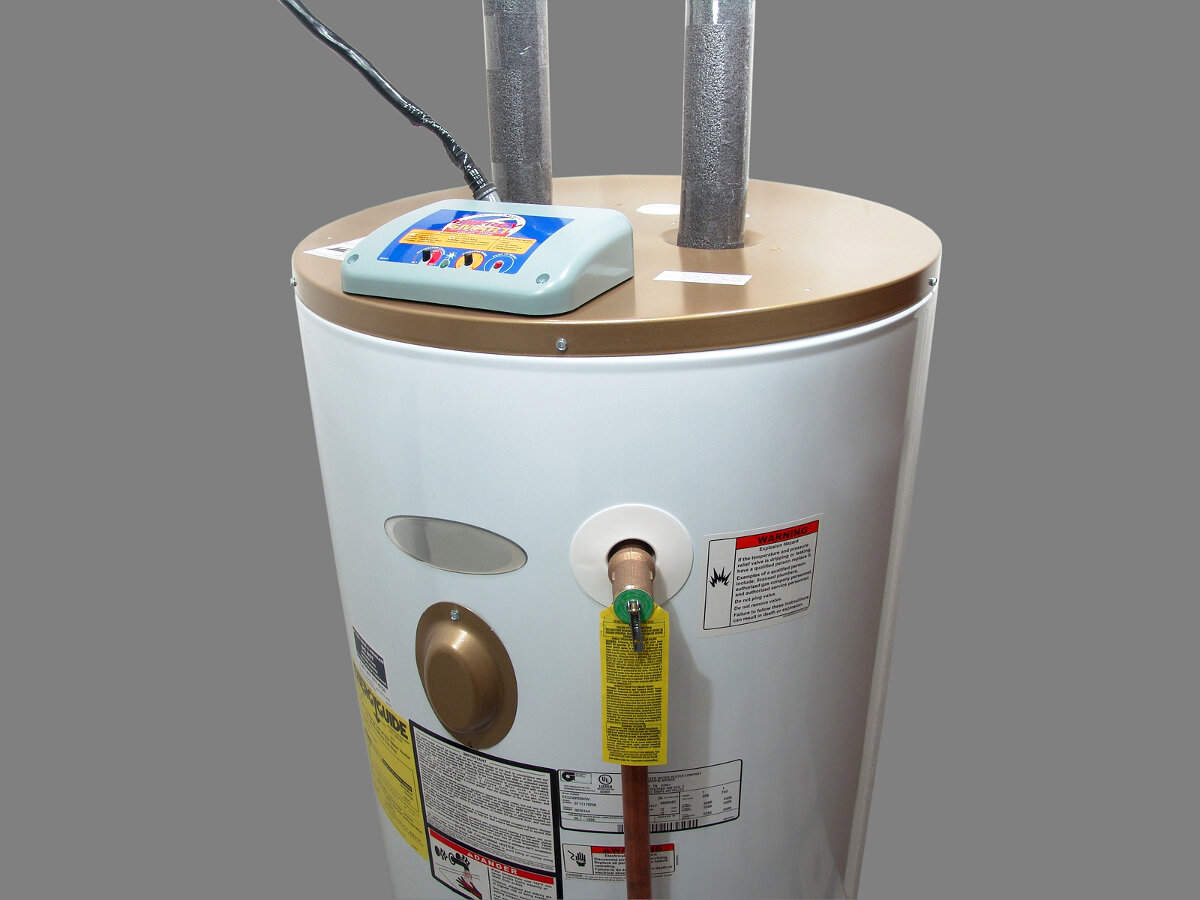
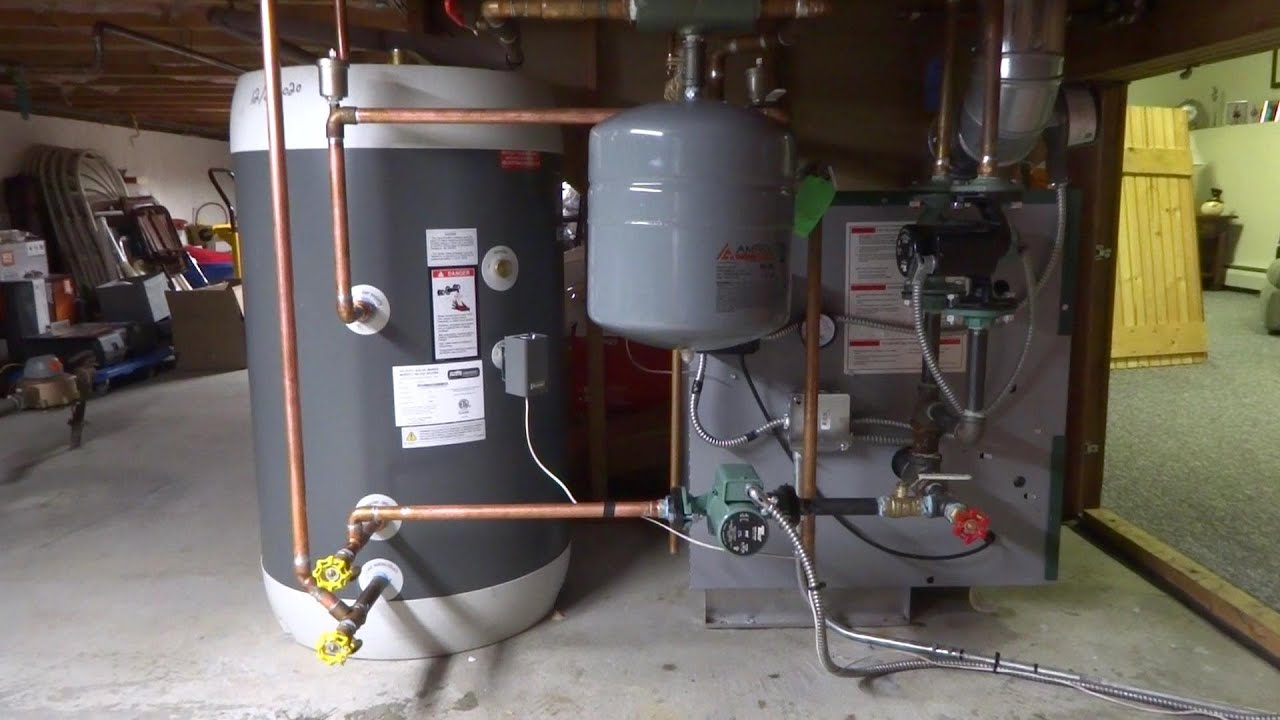
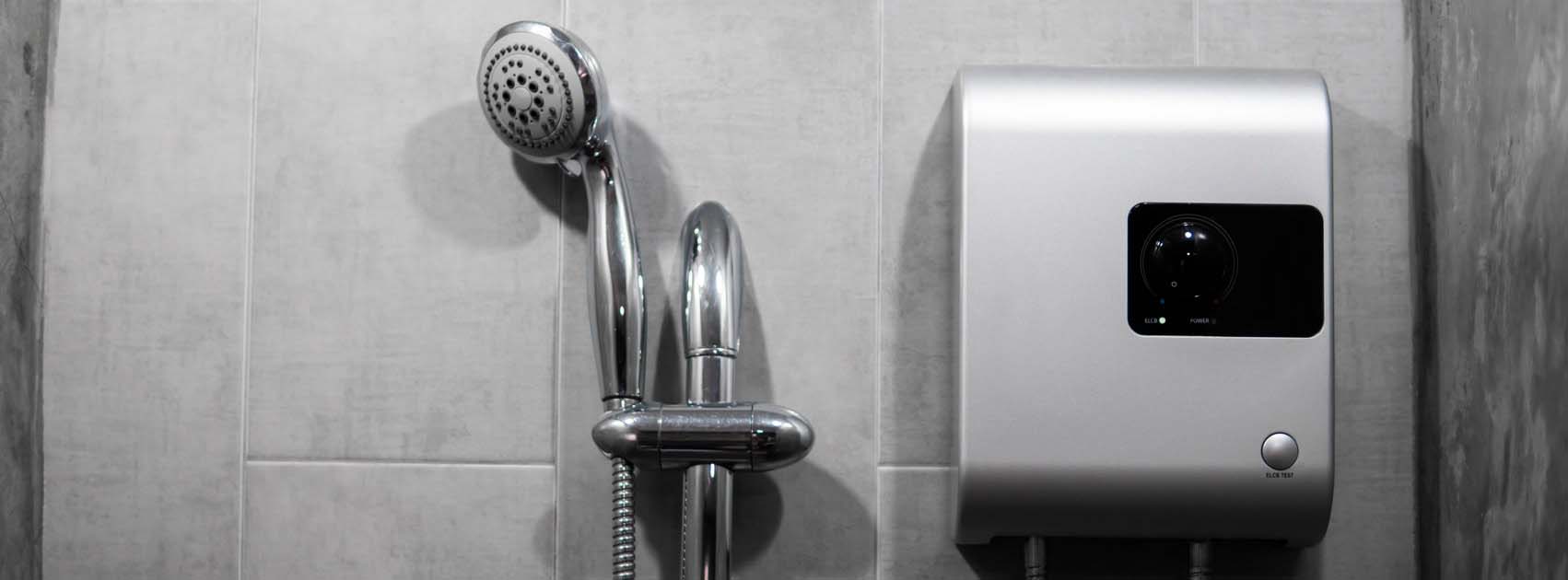
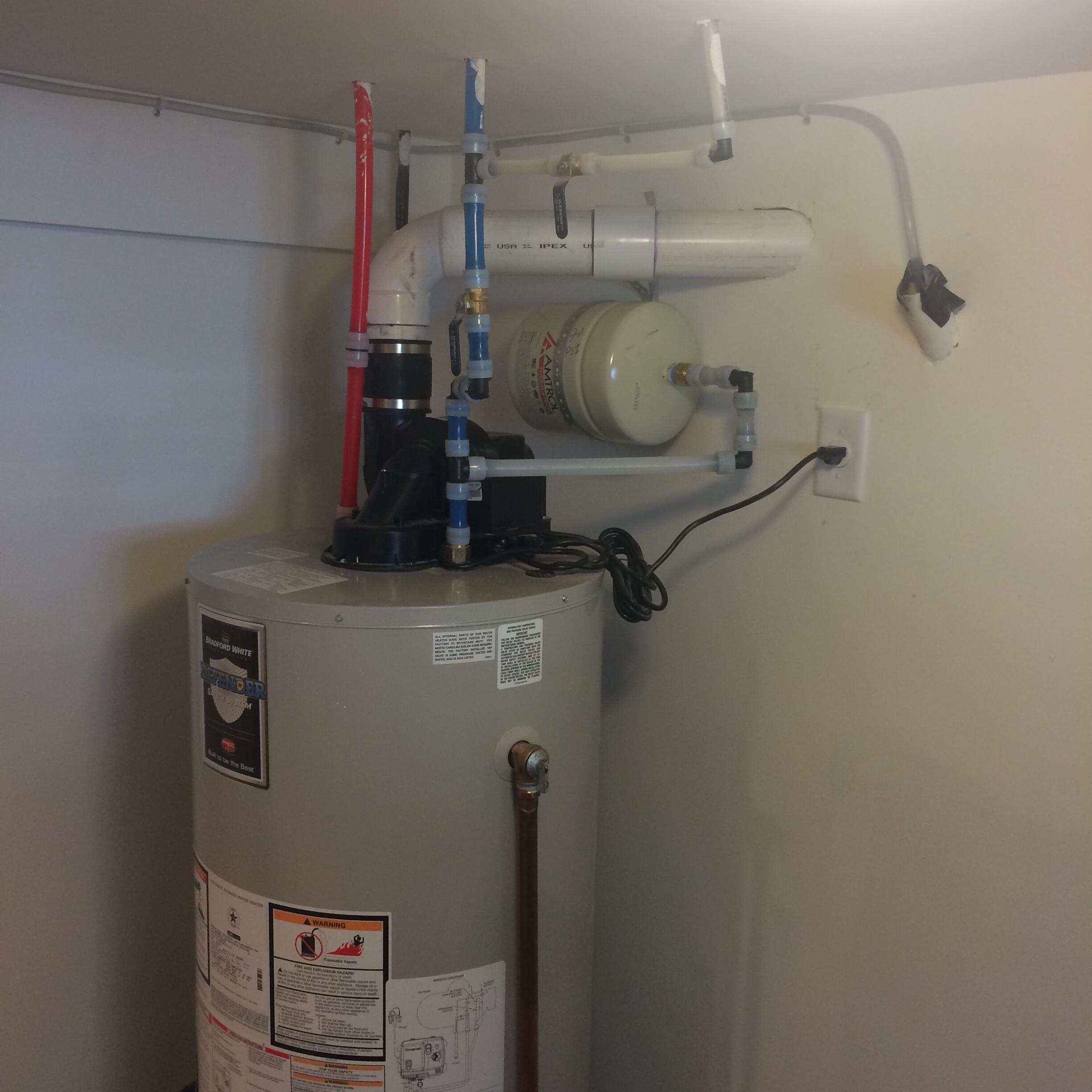
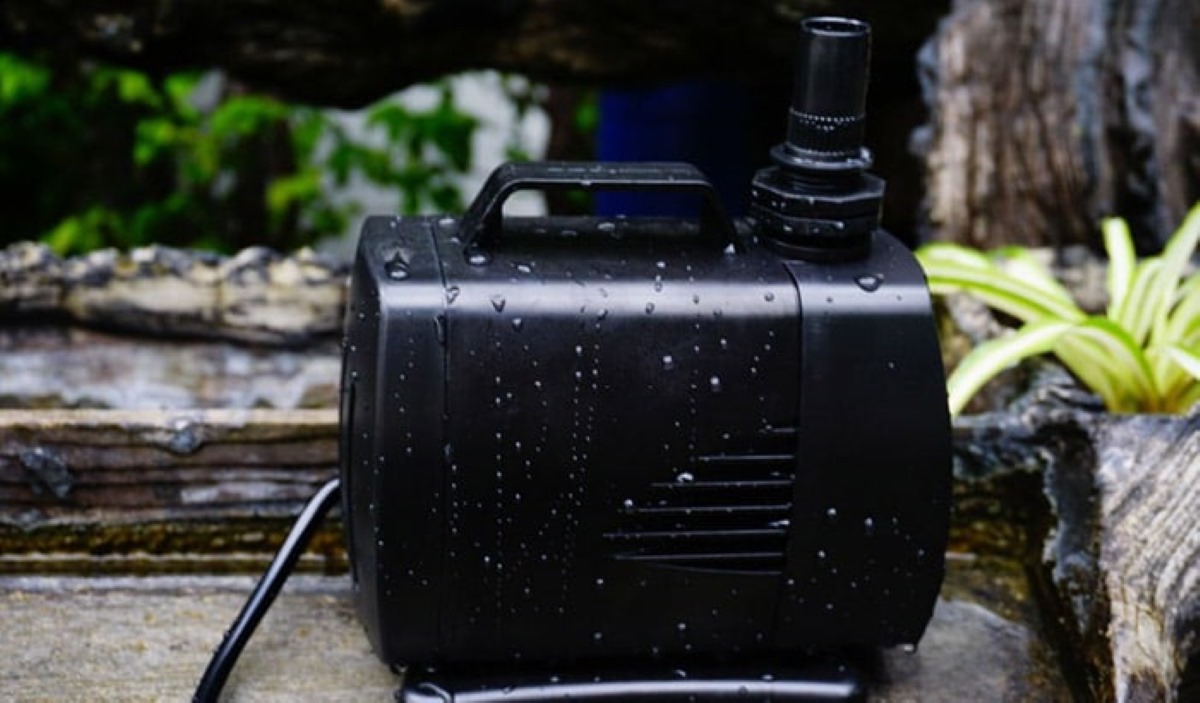
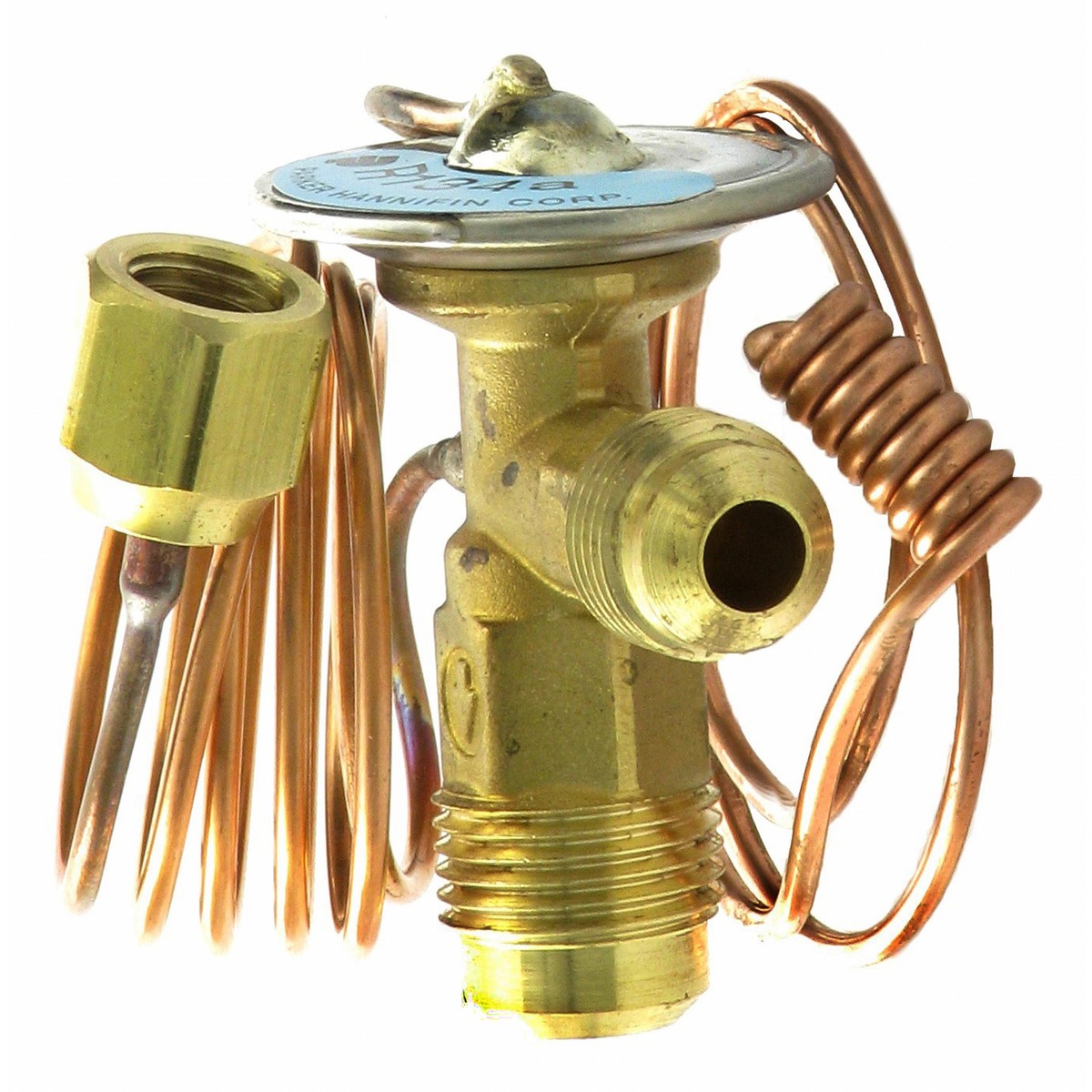
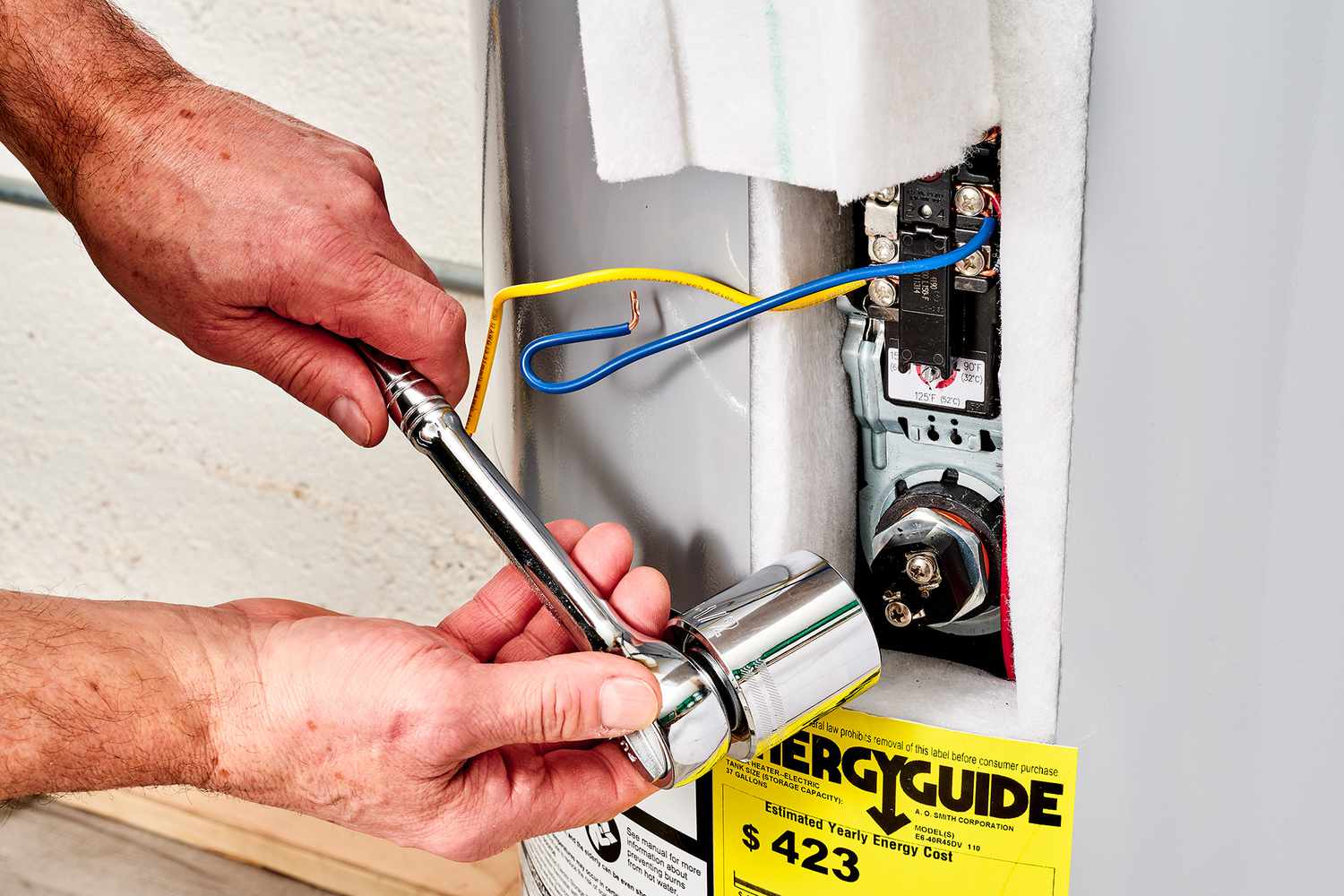
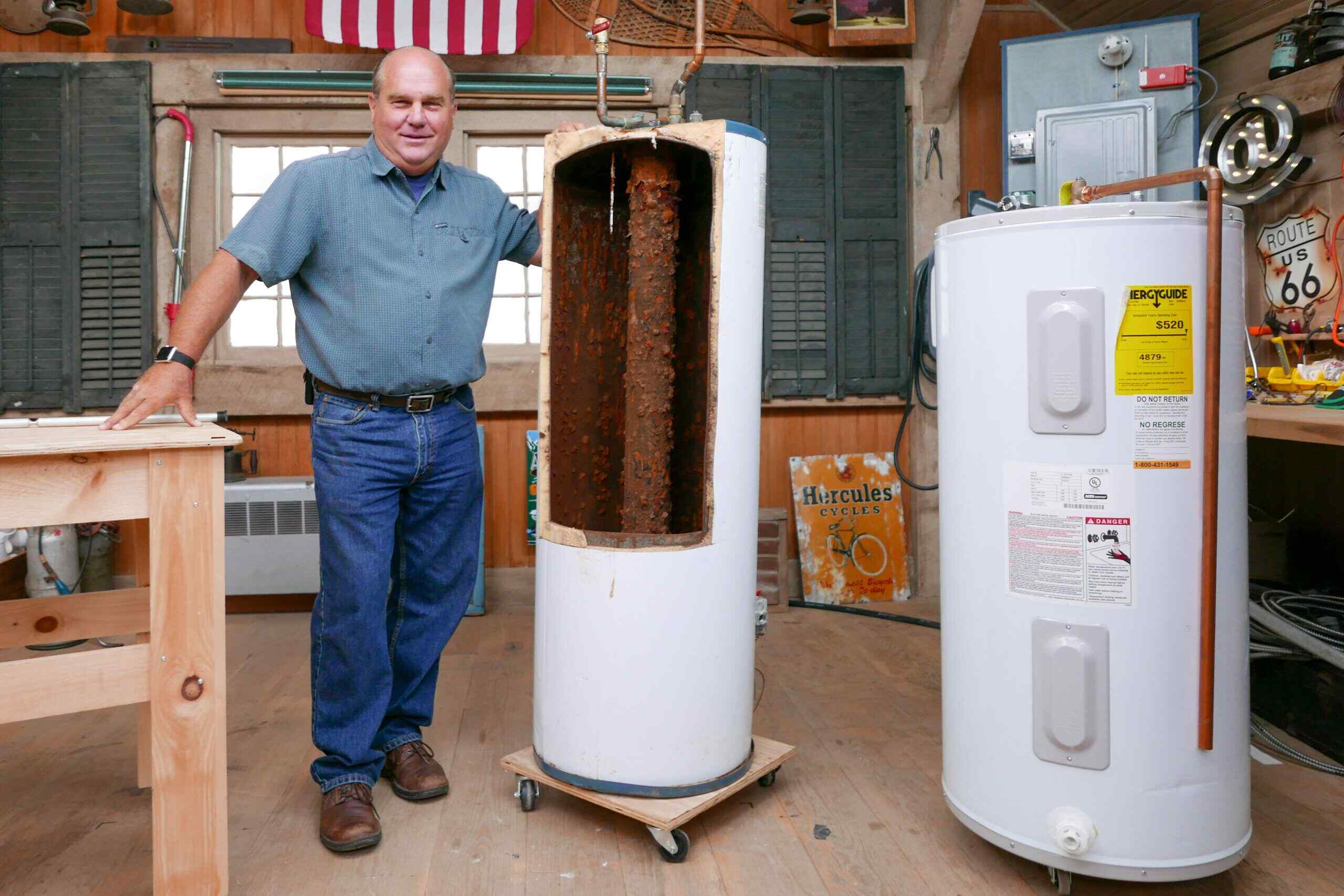
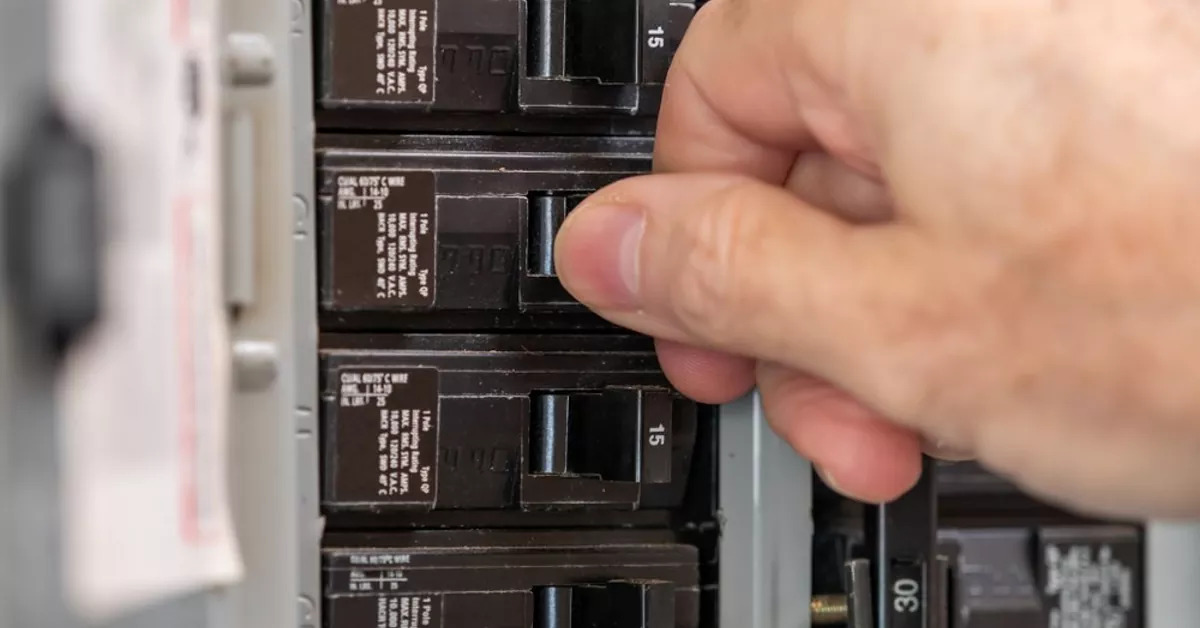

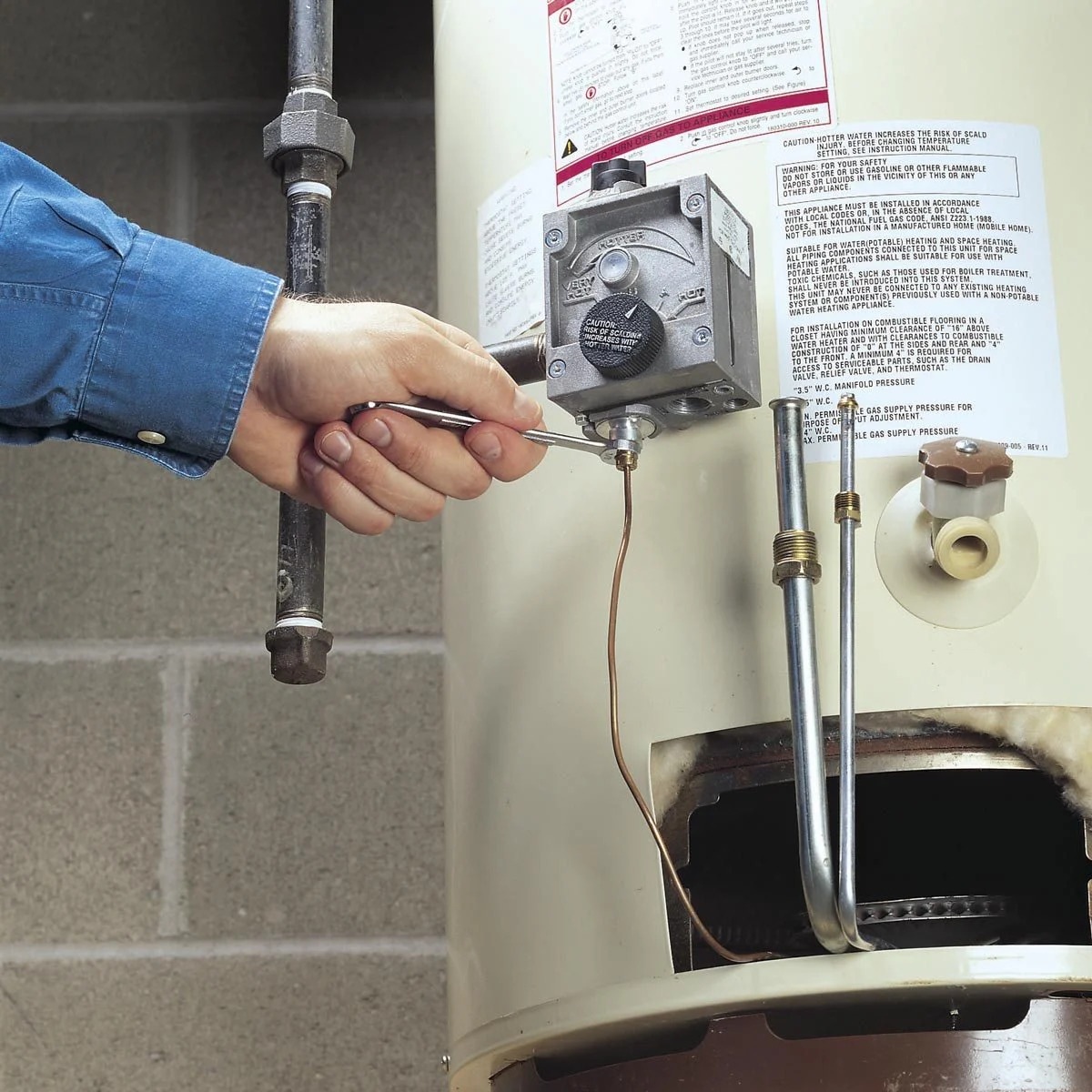
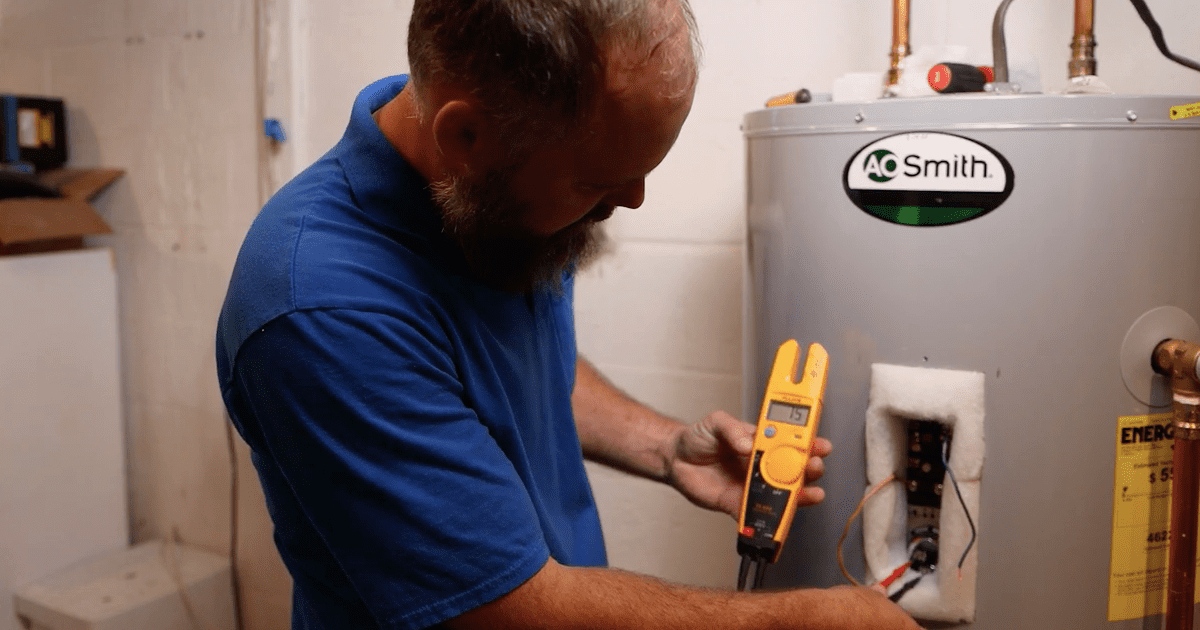
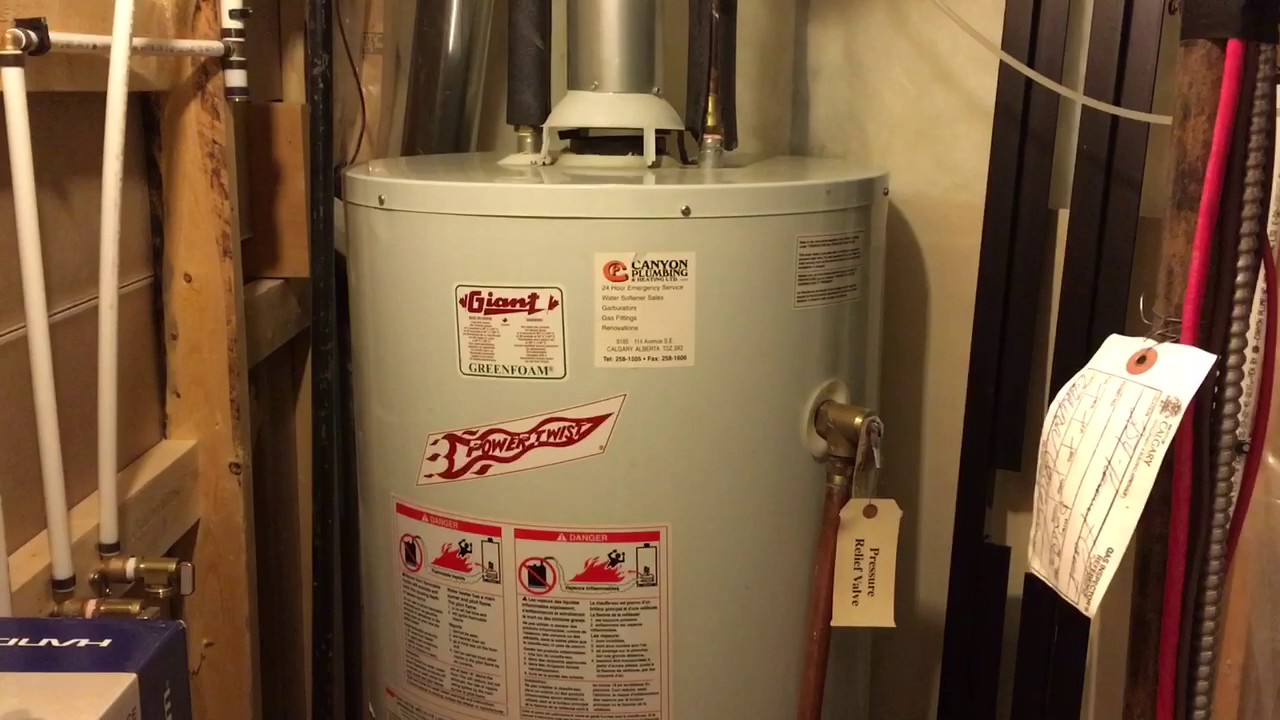

0 thoughts on “What Is An Expansion Tank On A Water Heater”